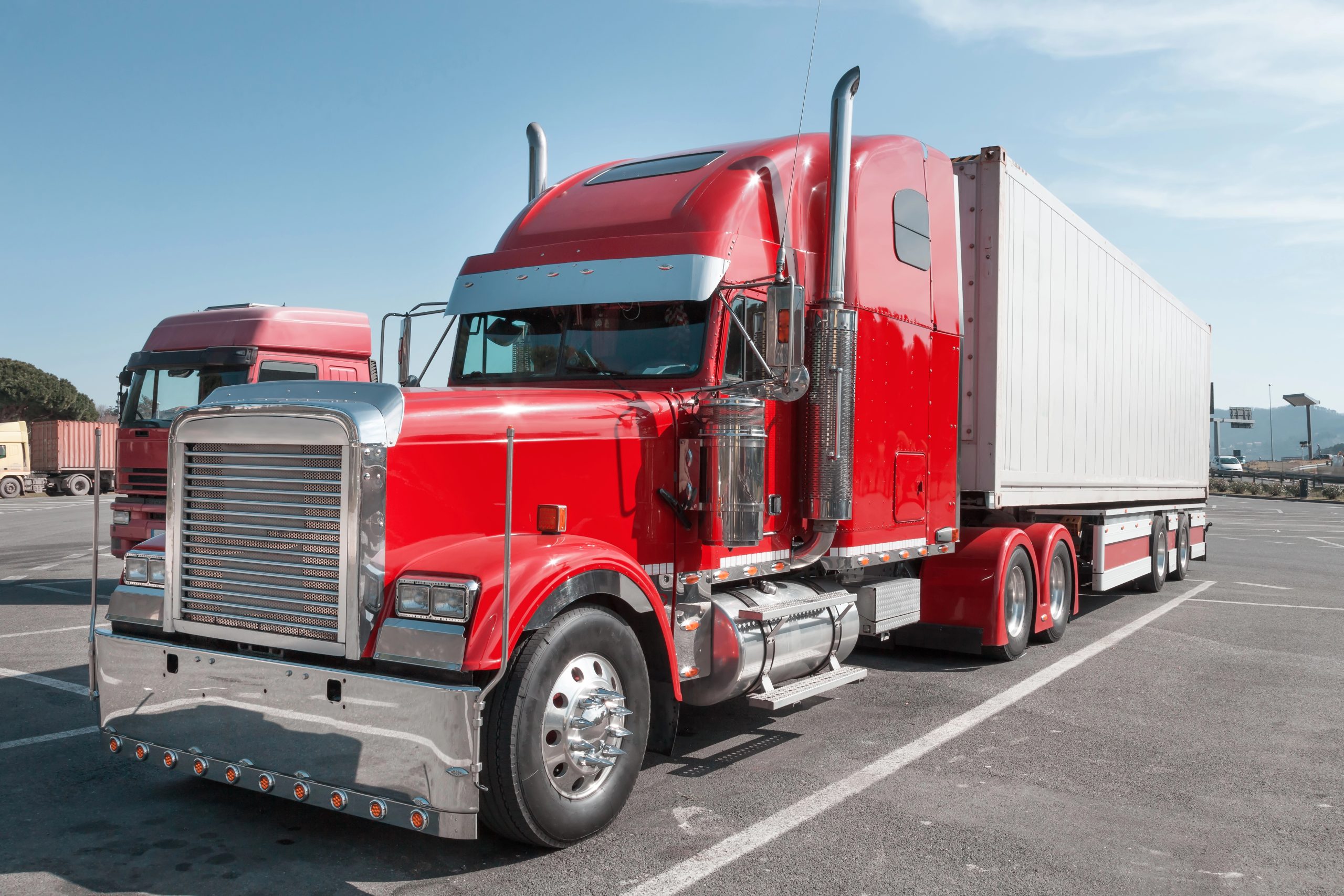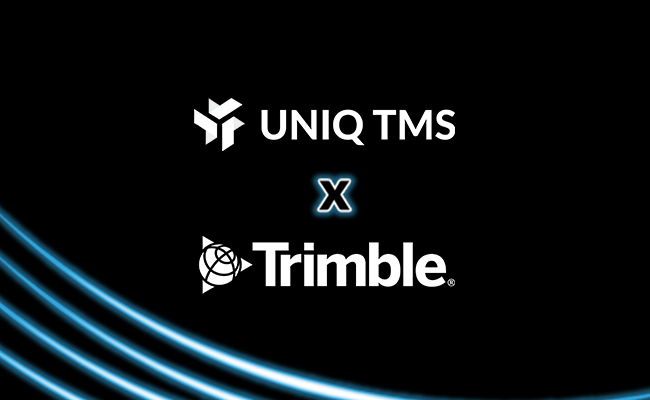The Top Features to Look for in Free Transportation Management Software

With the constant movement of goods and products, it’s essential to have an efficient transportation management system in place. Luckily, there are free transportation management software options available that can help businesses streamline their logistics operations. But how do you choose the right one? In this article, we’ll explore the top features to look for in free transportation management software, so you can make an informed decision that aligns with your business goals.
Understanding Transportation Management Software
First, let’s grasp a basic understanding of transportation management software and its role in the logistics industry. Transportation management software is designed to optimize and automate transportation-related tasks, ensuring the smooth flow of goods from point A to point B. It helps businesses manage their entire supply chain, from planning and execution to tracking and reporting.
The Role of Transportation Management Software in Logistics
In the complex world of logistics, transportation management software plays a crucial role. It helps businesses effectively manage their transportation resources, reduce costs, improve customer satisfaction, and enhance overall efficiency. By automating processes like route planning, freight management, and load dispatching, transportation management software enables companies to focus on core operations and provide top-notch service to their customers.
Key Functions of Transportation Management Software
Transportation management software offers a wide range of functions that help businesses streamline their transportation processes. Here are some key features to look for:
- Route Planning and Optimization: Effective transportation management software should have robust route planning capabilities, allowing businesses to optimize routes, reduce mileage, and improve fuel efficiency.
- Freight and Carrier Management: Look for software that enables easy tracking of freight and carriers, manages transportation contracts, and helps in selecting the most cost-efficient carrier for each shipment.
- Load and Dispatch Management: Efficient load and dispatch management functionalities allow businesses to schedule and assign loads, track the status of each shipment, and ensure timely delivery.
- Reporting and Analytics: Good transportation management software provides comprehensive reporting and analytics capabilities, empowering businesses to analyze data, identify trends, and make data-driven decisions.
Additionally, transportation management software often integrates with other systems, such as warehouse management software and enterprise resource planning (ERP) systems. This integration allows for seamless data flow and collaboration between different departments, further enhancing operational efficiency.
Furthermore, advanced transportation management software may offer features like real-time tracking and visibility, allowing businesses to monitor shipments in real-time and provide accurate updates to customers. This level of transparency not only improves customer satisfaction but also enables businesses to proactively address any potential issues that may arise during transportation.
Moreover, transportation management software often includes tools for managing freight rates, contracts, and negotiations. These features help businesses optimize their transportation costs by identifying the most cost-effective carriers, negotiating favorable rates, and ensuring compliance with contractual obligations.
In conclusion, transportation management software is a vital tool for businesses in the logistics industry. Its ability to automate and optimize transportation-related tasks, coupled with its extensive range of features, empowers companies to streamline their operations, reduce costs, and deliver exceptional service to their customers.
Essential Features of Free Transportation Management Software
When evaluating free transportation management software options, it’s crucial to assess the essential features they offer. Here are some key functionalities to consider:
Route Planning and Optimization
Optimizing routes is a crucial aspect of transportation management. Look for software that offers intelligent algorithms to help you plan the most efficient routes, considering factors like traffic conditions, delivery deadlines, and fuel costs. This feature can significantly reduce transportation costs and improve on-time deliveries.
Freight and Carrier Management
Effective freight and carrier management is essential for businesses dealing with logistics operations. Look for software that allows you to track and manage your carriers, automate freight billing, and easily compare rates to find the most cost-effective options.
Load and Dispatch Management
Efficient load and dispatch management features enable businesses to optimize their delivery schedules, assign loads to available carriers, and track the progress of each shipment. Look for software that offers real-time tracking and notifications to ensure smooth operations.
Reporting and Analytics
Insightful reporting and analytics functionalities can provide valuable insights into your transportation processes. Look for software that offers customizable reports, real-time analytics, and visualizations to help you monitor key performance indicators and make data-driven decisions.
But wait, there’s more! In addition to these essential features, some free transportation management software options go above and beyond to provide additional functionalities that can further streamline your logistics operations.
One such feature is inventory management integration. By integrating your transportation management software with your inventory management system, you can gain better visibility into your inventory levels and make more informed decisions about when and how to schedule shipments. This integration can help you avoid stockouts and reduce excess inventory, ultimately improving your overall supply chain efficiency.
Another valuable feature to look for is load optimization. This functionality takes into account various factors such as weight, volume, and stacking constraints to help you maximize the use of available space in your transportation vehicles. By optimizing load configurations, you can minimize the number of trips required and reduce fuel consumption, leading to significant cost savings.
Furthermore, some free transportation management software options offer advanced tracking capabilities. In addition to real-time tracking, these systems may provide GPS-based tracking that allows you to monitor the exact location of your shipments at any given time. This level of visibility can help you proactively address any potential delays or issues and ensure that your customers receive their goods on time.
So, when evaluating free transportation management software, don’t limit yourself to the essential features alone. Consider these additional functionalities that can further enhance your logistics operations and contribute to your overall success.
Evaluating the Effectiveness of Free Transportation Management Software
Once you’ve identified transportation management software options that offer the essential features, it’s essential to evaluate their effectiveness. Here are some key factors to consider:
User-Friendliness and Interface Design
Opt for software that has an intuitive user interface and is easy to navigate. A user-friendly system will save you time and frustration, ensuring a seamless experience for you and your team.
When evaluating the user-friendliness of transportation management software, consider factors such as the layout of the dashboard, the ease of accessing key features, and the clarity of instructions provided. A well-designed interface can improve productivity and reduce training time for new users.
Scalability and Customization Options
Consider whether the software can scale with your business’s growth. Look for systems that offer customization options, enabling you to tailor the software to meet your unique business requirements.
Scalability is crucial for businesses experiencing growth or seasonal fluctuations in transportation needs. Ensure that the software can accommodate an increase in the volume of shipments, additional users, and new functionalities without compromising performance.
Integration with Other Systems
Check if the transportation management software integrates with other systems you use, such as inventory management or order processing software. Seamless integration can streamline your operations and minimize manual data entry.
Integration capabilities are essential for creating a connected ecosystem within your business. By linking transportation management software with other systems, you can achieve real-time data synchronization, improved visibility across departments, and enhanced decision-making based on comprehensive insights.
The Pros and Cons of Free Transportation Management Software
While free transportation management software offers significant advantages, it’s essential to be aware of its potential drawbacks. Let’s explore both sides:
Advantages of Using Free Transportation Management Software
The obvious advantage of free software is the cost-saving aspect. It allows businesses to enjoy key transportation management functionalities without the financial commitment. This can be particularly beneficial for small businesses or startups that are looking to optimize their logistics operations without straining their budget.
Free software options also provide an opportunity to test and evaluate different solutions before committing to a paid one. This means that businesses can take the time to understand the software’s interface, features, and overall usability. It allows them to make an informed decision based on their specific needs and requirements.
Potential Drawbacks of Free Solutions
While free transportation management software can be a great starting point, it’s important to consider its limitations. Free solutions may have restrictions in terms of features, scalability, or customer support. They might not offer the same level of advanced functionalities as paid software.
Additionally, free software may come with advertisements or limited storage space, which can impact the overall user experience. These limitations can be manageable for smaller businesses with fewer transportation needs. However, as a company grows and expands its operations, these restrictions may become more apparent and hinder the software’s effectiveness.
As you weigh the pros and cons, consider your specific business needs and budget to make an informed decision about which transportation management software is right for you. Remember, free software can be a great starting point, but as your business grows, you may need to invest in a more comprehensive solution.
It’s important to regularly reassess your transportation management software to ensure it aligns with your evolving needs. As your business expands, you may require additional features, enhanced scalability, and dedicated customer support. Investing in a paid software solution can provide you with the necessary tools and resources to streamline your logistics operations effectively.
In conclusion, free transportation management software can be a valuable asset for businesses of all sizes. By carefully considering the essential features, evaluating the software’s effectiveness, and understanding the pros and cons, you’ll be able to choose the right solution that accelerates your logistics operations and improves overall efficiency. So, get ready to streamline your transportation processes and embark on a journey towards success.
Ready to Transform Your Transportation Management?
Discover how Uniq TMS can streamline your logistics operations, enhance efficiency, and boost your bottom line. Click here to learn more and explore our innovative solutions designed to meet your unique transportation needs.

